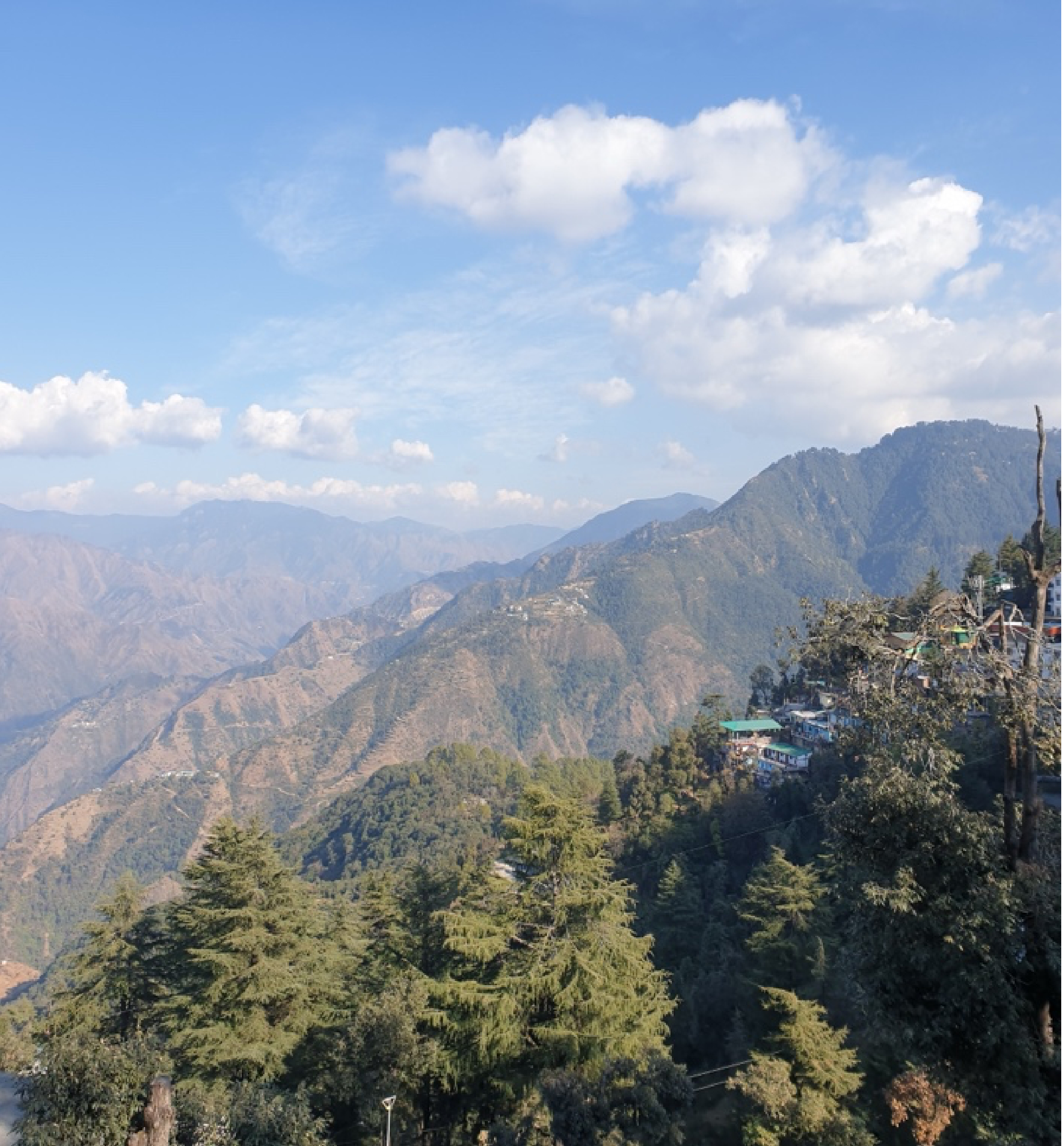A
recent agreement signed between the Himachal Pradesh State Electricity Board
and Solar Energy Corporation of India (SECI) will see a 2.5MW solar-wind hybrid
power project being set up at Rangrik, Kaza in Lahaul & Spiti district of
Himachal Pradesh in India. The solar – wind hybrid plant, to be commissioned by 2017, is
part of an attempt by India to transform its energy sector. In the recently
concluded Paris Climate change agreement, India has agreed to generate 40% of
its total energy from renewable sources by 2030. By 2022, India is looking to add 175,000 MW
of clean energy, of which solar and wind energy are estimated to constitute
10500 and 52500 MW, or 90% of the total output.
Besides
the ostensible benefits of clean energy, localized energy generation has a huge
impact on the lives of people living in remote rural communities, where
reaching traditional grid based power is a challenge. Pragya’s foray into providing clean energy to
the people in remote communities was through a pilot solar – wind hybrid system
in Lossar and Youche villages in Lahaul & Spiti, and the Shyaso village in
Kinnaur, both in Himachal Pradesh. Lahaul and Spiti is part of the larger cold
desert region in the Himalayas, a sparsely populated region with a huge
renewable energy potential.
As
part of our efforts to increase the use of renewable energy in the area, Pragya
worked closely with the village members and district officials, training the
people in the use of renewable energy technologies, and using the pilot project
to encourage more districts to use renewable energy to generate electricity. As
part of the advocacy efforts, at the national level, we organised a workshop on
“Accelerating Renewable Energy Deployment in Rural Himalayas” in July 2015, at
the India Habitat Centre, New Delhi. Dr. Ashvini Kumar, the Managing Director, Solar
Energy Corporation of India (SECI) was the chief guest of the event.





No comments:
Post a Comment